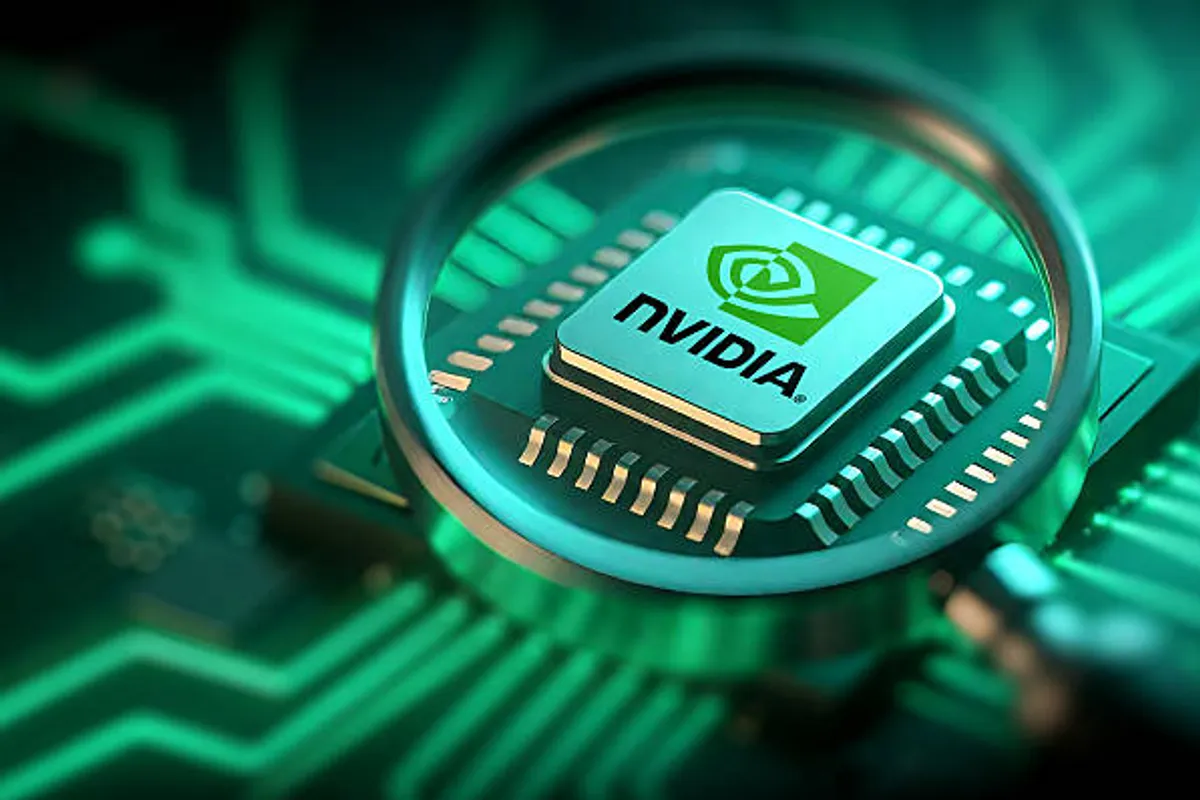
Xiaomi Warns Rising Memory Chip Prices Are Pushing Up Smartphone Costs

GeokHub
Contributing Writer
Chinese smartphone giant Xiaomi says the recent surge in memory chip prices is driving up production costs and forcing it to adjust smartphone prices across new models.
Company president Lu Weibing explained that the cost of essential components such as DRAM and NAND flash memory has climbed far faster than expected this year, placing pressure on margins even as demand for AI-capable phones continues to grow.
“The rise in memory chip prices has directly affected the cost structure of our new products,” Lu said during a media briefing. “This pressure is reflected in the pricing of our latest smartphones.”
Price Tensions Around the Redmi K90
The warning came just as Xiaomi launched its Redmi K90 series — a flagship line that quickly sparked debate among consumers. The base model, offering 12GB of memory and 256GB of storage, debuted at 2,599 yuan, slightly higher than last year’s Redmi K80, which started at 2,499 yuan.
Following early criticism over price differences between variants, Xiaomi announced a limited 300-yuan price reduction for the 12GB + 512GB version during the first month of sales. The company said the move aims to maintain fairness while easing buyer concerns about the growing cost gap between configurations.
Despite that adjustment, the K90 launch underscores how global component shortages and rising semiconductor costs are reshaping smartphone pricing, even for brands long known for affordability.
Analysts say Xiaomi’s struggles reflect a broader issue in the tech supply chain. Memory chipmakers such as Samsung Electronics and SK Hynix are shifting production toward high-bandwidth memory (HBM) chips used in AI servers, leaving fewer resources for smartphone memory components.
That shift has led to tighter supply and higher prices for phone-grade DRAM and NAND — the very parts essential to every modern smartphone. With demand surging from AI data centers, competition for chip inventory is heating up, and device makers are feeling the squeeze.
“AI has changed the game,” one industry analyst noted. “Chip manufacturers are prioritizing data center memory, and that’s pushing up costs for phone makers across the board.”
What It Means for Xiaomi and Consumers
For Xiaomi, which built its reputation on offering premium features at accessible prices, the cost surge presents a major challenge. Margins are narrowing, and the company must now find ways to balance quality with affordability — especially in markets where price sensitivity is high.
Industry watchers believe other smartphone brands may soon face similar price adjustments if memory costs keep climbing. The coming quarters could see a wave of “quiet” price increases across mid-range and flagship devices, as manufacturers look to protect profitability without alienating loyal customers.
Still, Xiaomi remains optimistic. The company says it will continue investing in its in-house R&D and explore ways to reduce dependency on volatile supply chains.








